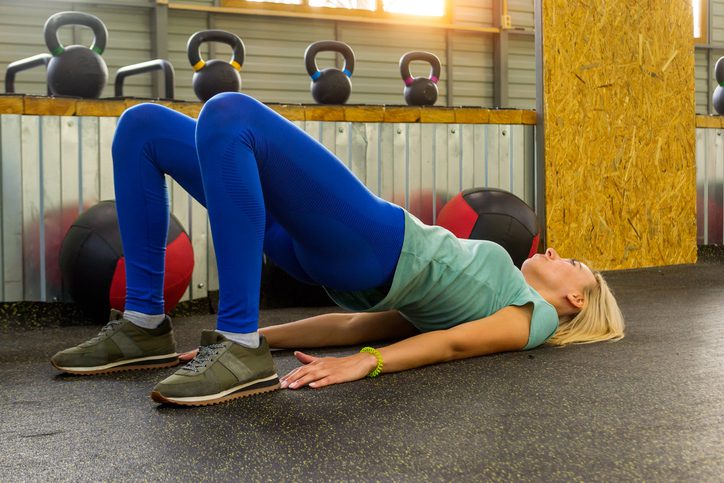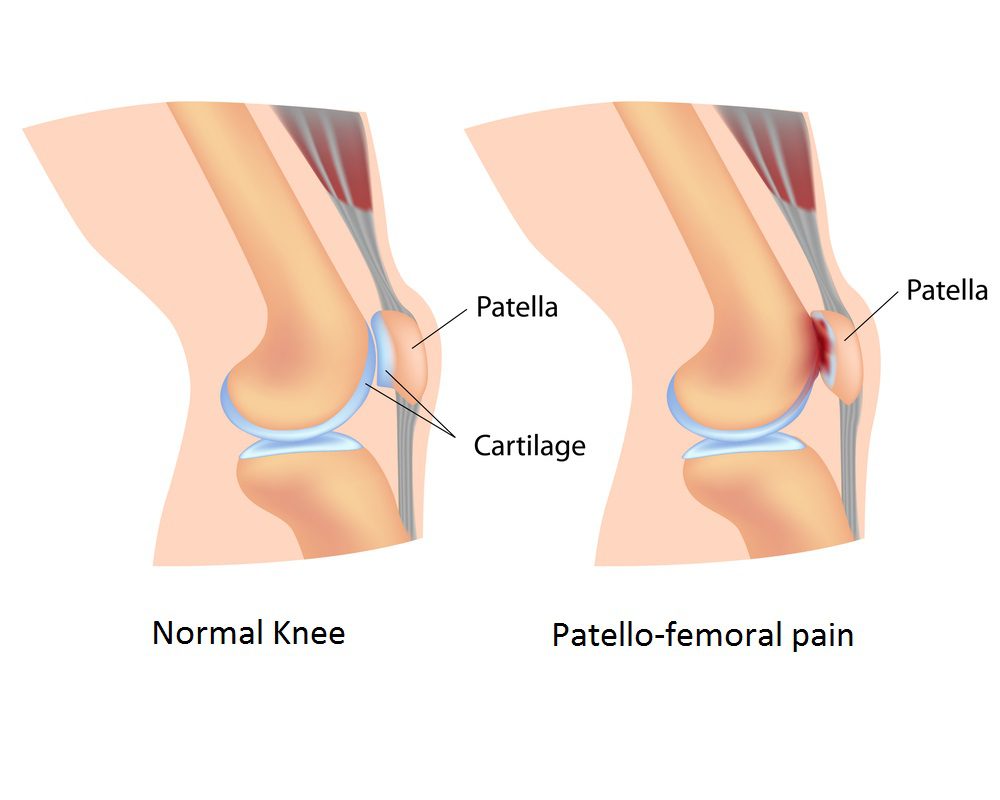How to get rid of knee pain
Here's how you can prevent and treat the pain

Knee pain can be terrifying for cyclists, runners and triathletes alike. A triathlete’s odds of getting knee pain are basically double – because we do both cycling and running, and often too much of both. The pain usually develops with no specific cause, yet it leaves us spending more time than we would like in the pool.
Due to the repetitive nature of running and cycling, knee pain often develops into something larger – known as an overuse injury. Taking a break may offer short term relief, but if you don’t fix the underlying cause, the pain will return.
Related: Activation drills for triathletes
Here are two of the more common knee overuse injuries with prevention and treatment options:
Iliotibial Band Syndrome (ITB Syndrome)
Specific strength training for the glutes can help to prevent this syndrome. Treatment should include rest as well as ice being applied at the knee to reduce inflammation. Massage or soft tissue release of the ITB is also effective.
Runner’s Knee (also known as Patellofemoral Pain Syndrome)
Runner’s Knee is commonly characterized by pain behind or around the kneecap (patella), that most often occurs when climbing or descending stairs, squatting, or during activities such as running or cycling. The injury is thought to result from increased pressure on the patellofemoral joint which may result from a combination of increased activity, quadriceps imbalance and tight stabilizing structures such as the iliotibial band.
Treatment options vary, but the most sensible option includes rest and elimination of activities that aggravate the knee joint. NSAIDs such as Advil may provide temporary relief, but they are not considered long-term solutions. Working to relax tight quadriceps, calves, shins, IT band and other muscles of the lower leg — through massage or foam rolling — as well as strengthening these muscles to correct imbalances may provide long-term elimination of the condition.


